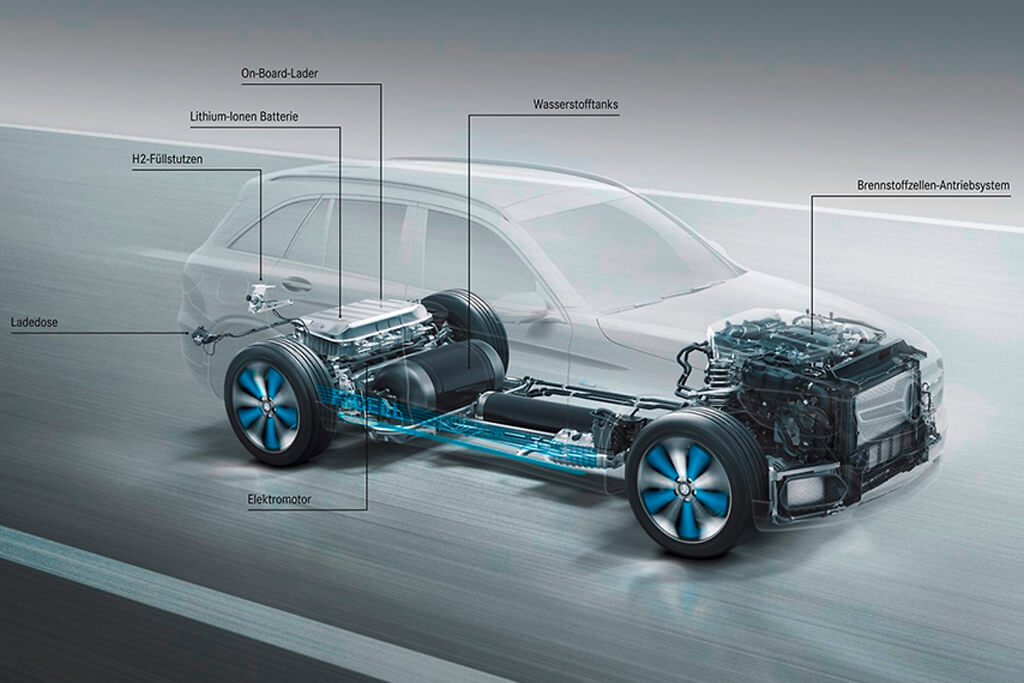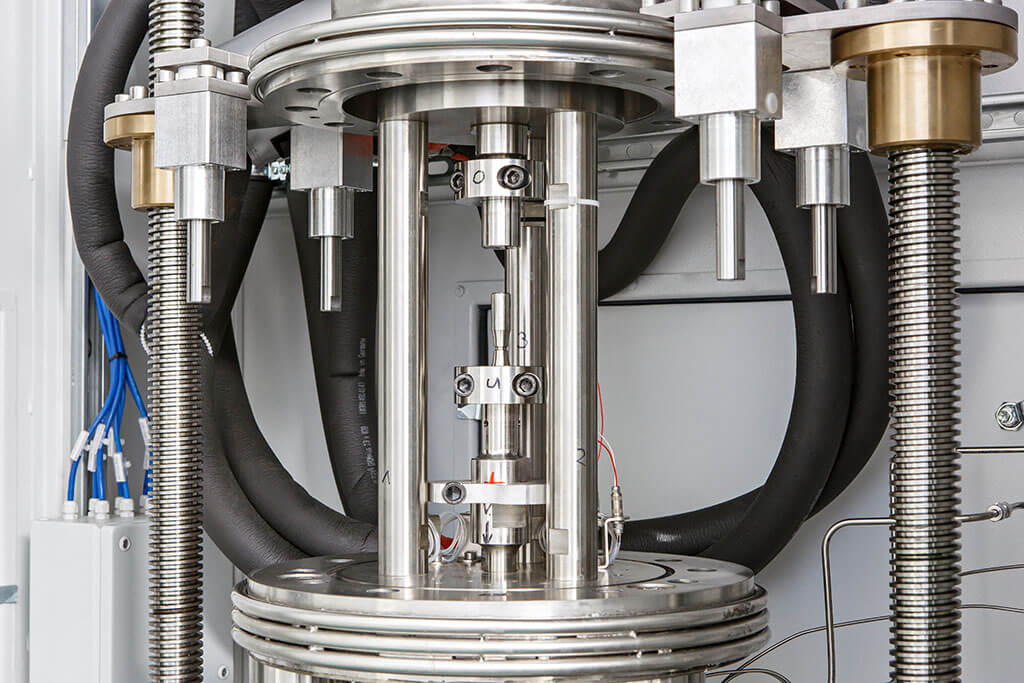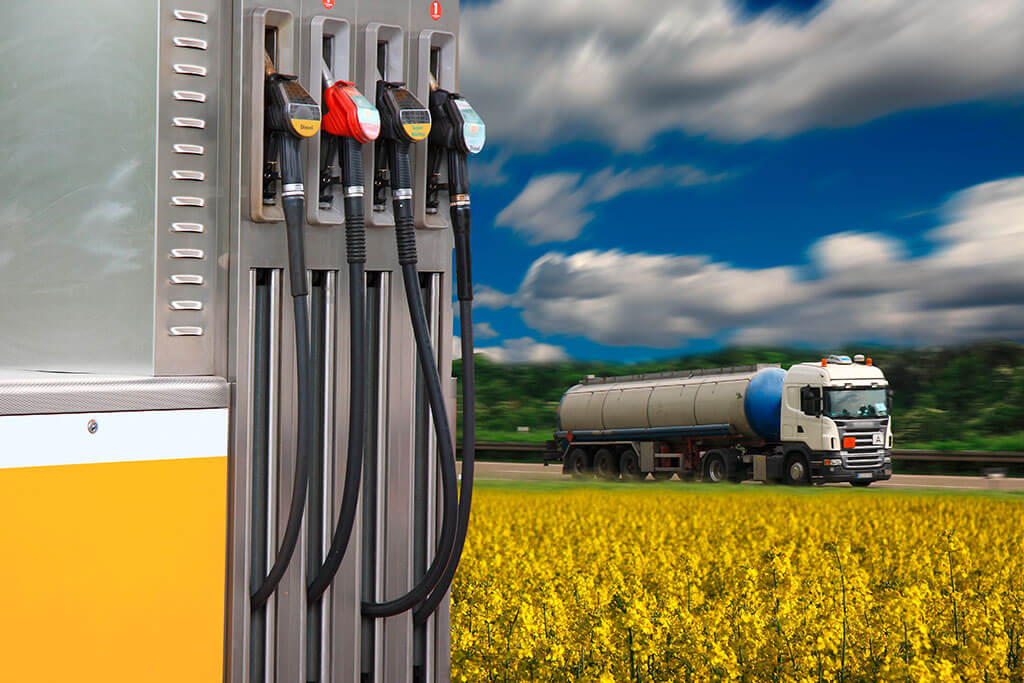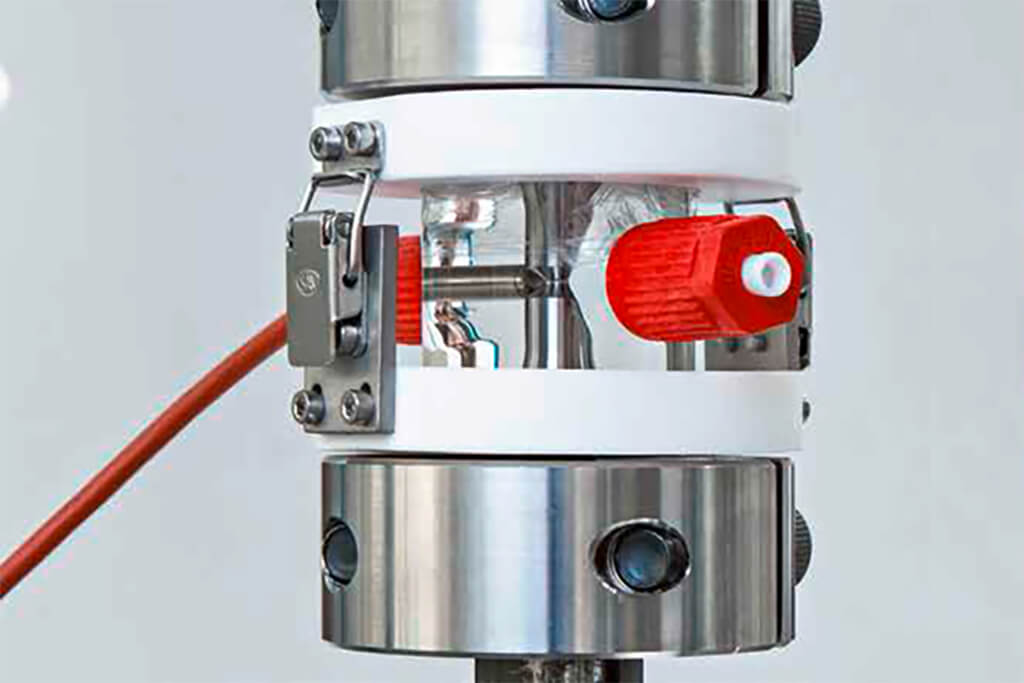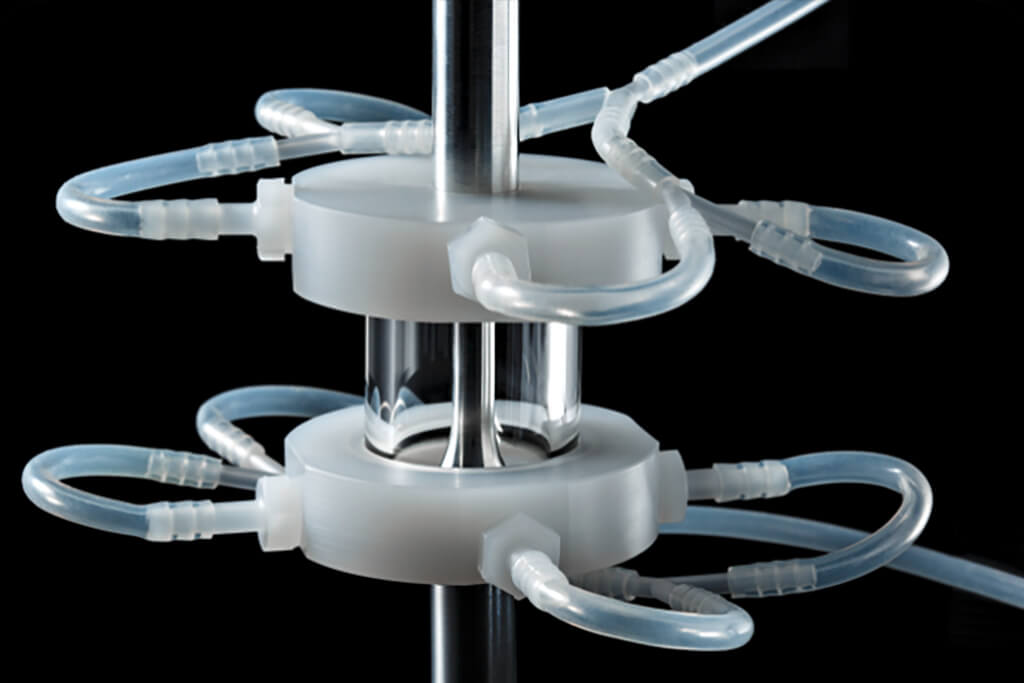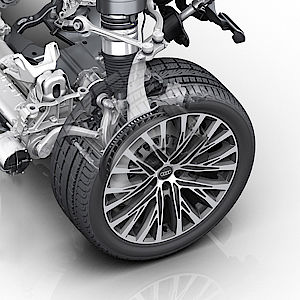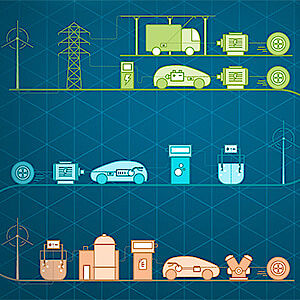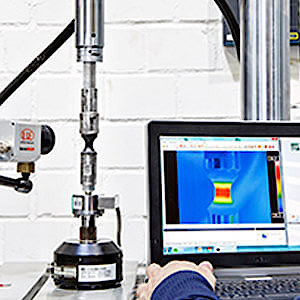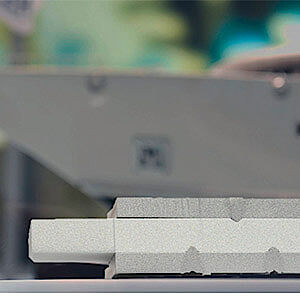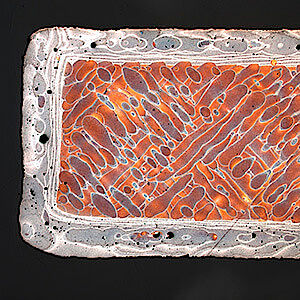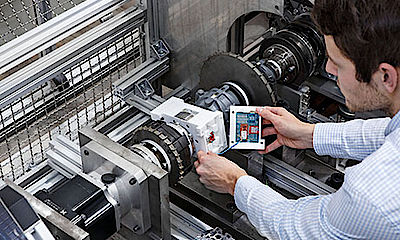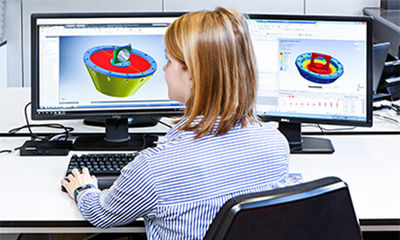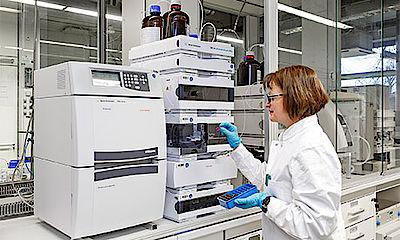future mobility – efficient component design through environmental simulation.
Hydrogen corrosion, hydrogen embrittlement, fuel corrosion, salt corrosion, corrosion fatigue, corrosion FATIGUE STRENGth
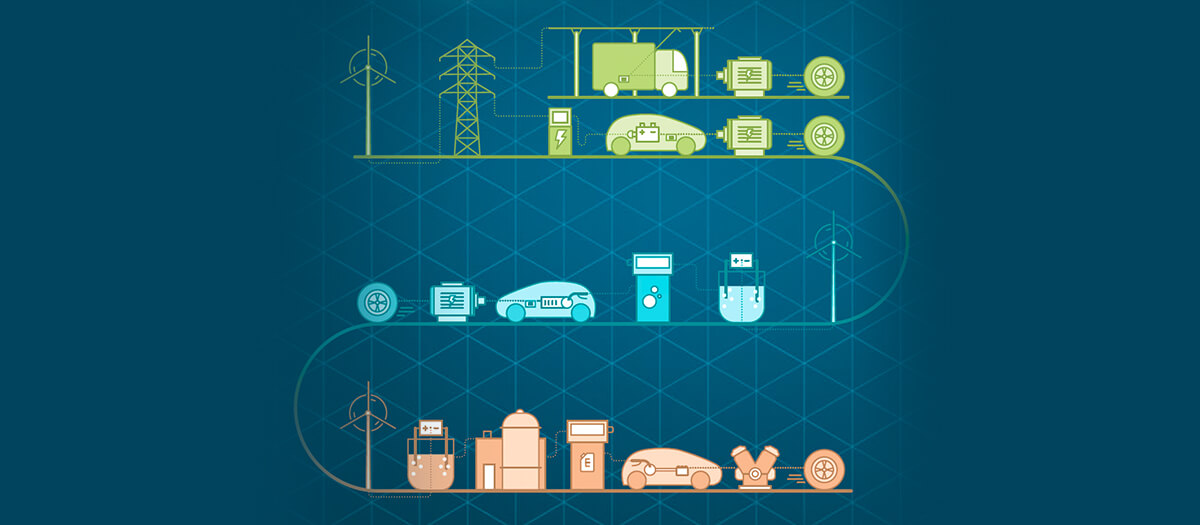
Electromobility is the future and challenge of today's automotive industry. In addition to battery electric vehicles, fuel cell vehicles and hybrid drive technologies represent the product range of future mobility, Fig. 1. Additionally, lightweight construction solutions can contribute to a reduction in pollutant emissions. When hydrogen and lightweight materials are used, corrosion fatigue may occur and result in a severe reduction in structural stability. In the development of design concepts for biofuel/compressed hydrogen exposed components and corrosion-prone lightweight materials, the resistance reduction to external loads due to corrosive environment media must be urgently considered.
For this purpose, Fraunhofer LBF has set up individual test equipment to be used for the necessary studies. It prepares design concepts based on the results in order to account for the impact of environmental influences on the material-dependent resistance within the framework of an efficient component design.
Individual concepts for the evaluation of future material strains
Individual and variable test concepts enable the Fraunhofer LBF staff to perform corrosion fatigue tests in order to identify relevant damage mechanisms and to establish characteristic values for modeling or deriving suitable design concepts.
Material qualification and resistance analysis under compressed hydrogen
In fuel cell vehicles, the embrittling and fatigue strength reducing effect of hydrogen on metallic components must be considered. Fraunhofer LBF owns a testing facility for performing vibration resistance tests under compressed hydrogen up to 50 bar and test temperatures in the range of -30 °C to +150 °C (-22 °F to +302 °F). As part of the ”Hy2Design” project, the influence of compressed hydrogen on the fatigue strengt of materials X2CrMoTi18-2 and X5CrNi18-10 as a function of the stress gradient and the strain rate is investigated. This results in an efficient testing methodology for the assessment of hydrogen impact. The goal of the research is to qualify/expand the transferability concept based on the most heavily strained material volume for the lifetime assessment of hydrogen-loaded components.
Influence of biofuels on the fatigue strength behavior
In the future, biogenic fuels are expected to increasingly be used as energy sources in hybrid vehicles. The stress situation resulting from the mechanical-corrosive interaction must be classified as particularly high for components in the high-pressure range of a gasoline or diesel injection system, in which currently mainly steels with correspondingly adapted strengths are used.
The influence of biofuel blends on the fatigue strength behavior of steels X6Cr17 in E85 and E24+ and 50CrMo4 in B20 and in the intensified variant B20+ was investigated within the ”VHCF fuel” project. In this context, it was important to describe the damage caused by the corrosion fatigue phenomenon in order to enable the operationally stable design of fuel-loaded components under the prospective use of biogenic fuels.
Investigation of the lightweight potential of high-strength aluminum alloys
In the transport sector, the reduction in vehicle weight goes hand in hand with fuel savings and reduction of pollutant emissions. Nowadays, due to the weight advantage over components made of steel, many components are made of higher-strength aluminum alloys. However, it should be noted that the use of road salts in winter leads puts a lot of strain on these components, especially for applications in the chassis sector. In order to assess the susceptibility to corrosion and to ensure sufficient resistance of the components under complex mechanical-corrosive stress, corrosion vibration resistance analyses (media application through spraying, dipping or sprinkling) are carried out at Fraunhofer LBF. In research projects ”Salt corrosion I + II” the various aluminum alloys EN AW-5018, EN-AW-6082, EN-AW-7074, and EN AC-42100 were investigated for the prescribed boundary conditions.
Customer benefits
Fraunhofer LBF supports companies, for example in the transport, energy as well as mechanical and plant engineering sectors, in the development of reliable, lightweight and efficient products. For this purpose, customer-specific or individual concepts are used to meet the increased demands for structural stability testing and to optimally model real operating conditions.
Hy2Design: German Research Foundation (Deutsche Forschungsgemeinschaft DFG) ME 3301/4-1
Research facilities: SAM and Institute for Materials Technology (IfW) of the Technical University of Darmstadt
Very High Cycle Fatigue (VHCF) fuel: DFG no. ME3301/1-1, FVV no. 6011673 Research facilities: SAM and IfW of the Technical University of Darmstadt, Institute for Materials Engineering (IWT) Bremen
Salt corrosion I: BMWi / IGF no. 290 ZN
Research facilities: SAM and Institute for Materials Technology (IfW) of the Technical University of Darmstadt
Salt corrosion II: BMWi / IGF no. 16897 N
Research facilities: Fraunhofer LBF and the Institute for Materials Technology (IfW) of the Technical University of Darmstadt
Contact
- Dr.-Ing. Steffen Schönborn
- Phone: +49 6151 705-656
- steffen.schoenborn@lbf.fraunhofer.de
